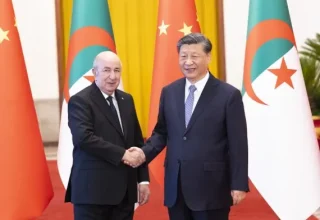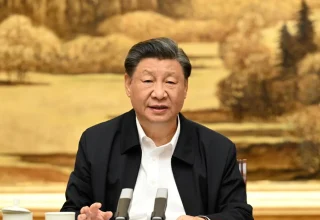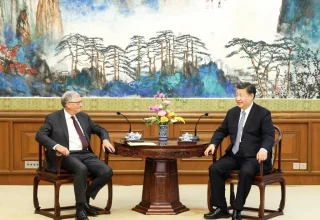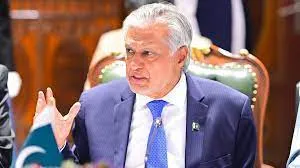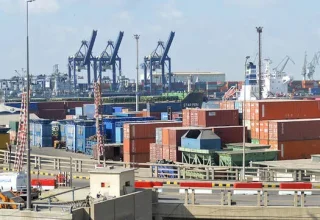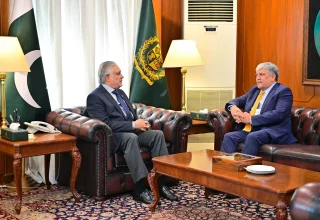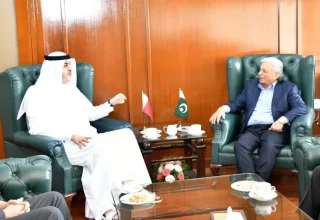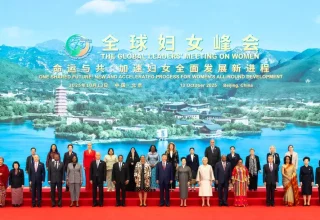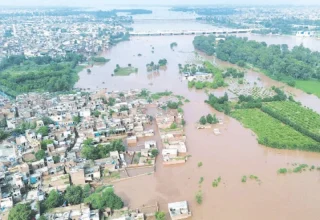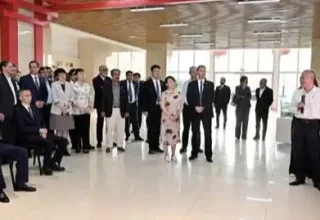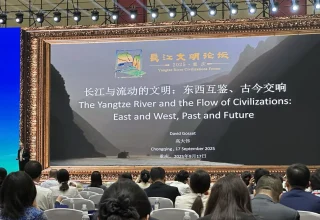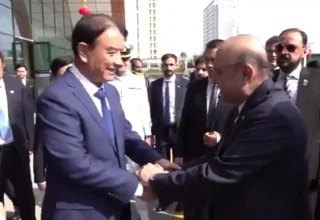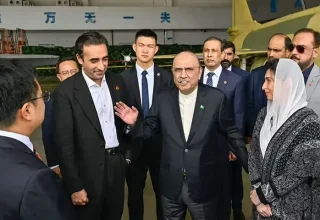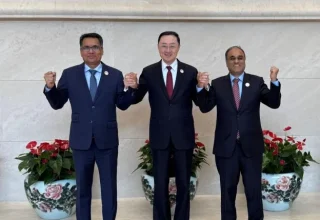
In a region long dominated by political fault lines and diplomatic deadlocks, the dawn of a new era is visible, one marked by regional cooperation, economic connectivity and people-centered progress. China’s recent engagements through trilateral mechanisms with Pakistan, Afghanistan and Bangladesh not only reflect a new chapter of diplomacy but also symbolize a regional shift from confrontation to cooperation.
For Pakistan, a country deeply invested in regional peace and economic stability, China’s initiatives represent a powerful alignment with its own geo-economic pivot. As someone who has closely reported on regional developments over the past decade, I witnessed firsthand how these engagements reflect growing unanimity of purpose to replace rivalry with respect and isolation with integration.
The recent China-Pakistan-Afghanistan and China-Pakistan-Bangladesh meetings in Beijing are more than symbolic. They represent a functional alternative to platforms like SAARC (South Asian Association for Regional Cooperation) which once held promise as South Asia’s premier forum for regional dialogue.
Unfortunately, due to persistent bilateral tensions, particularly India’s unwillingness to engage multilaterally, SAARC has effectively been paralyzed for years. This has deprived the region of a much-needed multilateral mechanism to promote cooperation on trade, climate change, health and connectivity.
China’s proactive diplomacy now fills that vacuum. By initiating flexible, functional trilateral frameworks, Beijing is creating a new ecosystem of regional cooperation, one that is inclusive, apolitical and development-driven. These mechanisms can evolve into a parallel and more efficient regional block that actually works with concrete outcomes rather than empty declarations.
The extension of the China-Pakistan Economic Corridor (CPEC) into Afghanistan discussed during the recent trilateral in Beijing is a historic move. It signals China’s intent to integrate landlocked Central Asia with South Asia’s maritime routes, transforming Afghanistan from a geopolitical battleground into a trade and transit hub.
For Pakistan, this presents a unique opportunity to monetize its geography, build new markets and stabilize its western frontier. For Afghanistan, it offers a rare chance to transition from aid dependency to economic participation. And for China, it’s significant expansion of the Belt and Road Initiative (BRI) reinforcing the idea that infrastructure builds peace.
The China-Pakistan-Bangladesh trilateral is no less significant. China’s quiet diplomacy, anchored in mutual respect and non-interference has helped Islamabad and Dhaka take steps toward practical cooperation.
Both countries have much to gain. Pakistan offers strategic connectivity and industrial capacity while Bangladesh brings labor-intensive manufacturing and export dynamism. Under China’s facilitation, the two could jointly benefit from trade, education, climate cooperation and access to Chinese markets that is a true win-win.
China’s regional approach is not limited to hard infrastructure. Through its Global Development Initiative (GDI), Global Security Initiative (GSI), and Global Civilization Initiative (GCI), China is offering soft infrastructure as well focusing on peace through dialogue, cultural preservation and equitable development.
These align closely with Pakistan’s development-first vision. For years, Islamabad has advocated for economic corridors, vocational skills and trade connectivity as means to uplift the region. Now, with China’s multilateral backing, these ideas are gaining real traction.
Having visited China several times including regions like Xinjiang, I can personally vouch for the country’s inclusiveness, hospitality and cultural preservation. Contrary to Western propaganda, I witnessed open religious practice in Xinjiang, vibrant Uyghur dance performances, well-maintained mosques and a rich preservation of ethnic traditions.
This cultural and religious inclusivity is central to China’s diplomatic appeal in South Asia. Unlike Western actors who often project suspicion and interference, China engages with respect and recognition of diversity. In regions like Pakistan and Bangladesh that are home to deeply religious and culturally proud populations, this respectful diplomacy is highly appreciated.
What sets China’s approach apart is its focus on outcomes. Whether it’s vocational training in Xinjiang, agricultural demonstration zones or clean energy through wind farms, the projects are practical and impactful.
CPEC has created thousands of jobs, modernized infrastructure and brought new economic zones to life. The China-Europe Railway Express which passes through Xinjiang links the region with global markets, making it a critical trade artery. Gwadar Port at the southern tip of CPEC is emerging as a maritime gateway for Central Asia and Western China.
These are not promises. They are realities being lived by local communities, a fact that even skeptics are now forced to acknowledge.
The paralysis of SAARC and the emergence of China-led frameworks may well herald a new chapter in regional diplomacy. If these trilateral platforms mature perhaps expanding to include other willing South Asian nations, they could become a new institutional model for cooperation in the Global South.
China’s model of non-political, inclusive, development-focused is the most practical way forward for a region yearning for peace and prosperity.
As a Pakistani journalist who has chronicled years of instability, I now see hope rising in the form of a “diplomatic dawn” led by China but owned collectively by the region. From Kabul to Dhaka, and from Gwadar to Urumqi, the winds of change are blowing and they carry with them the promise of connectivity, peace and shared prosperity.
China’s proactive diplomacy is not about dominance, it’s about dignity, dialogue and development. And that, in today’s fractured world, China’s diplomacy has emerged as finest.


